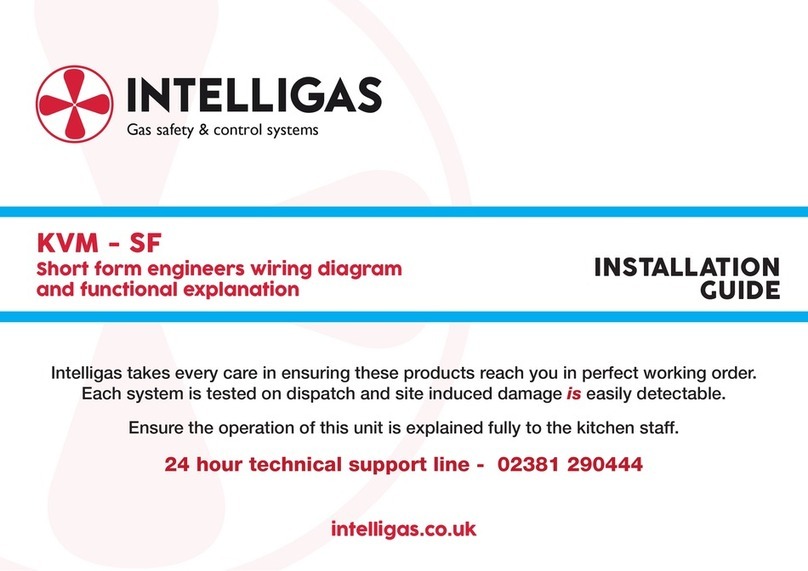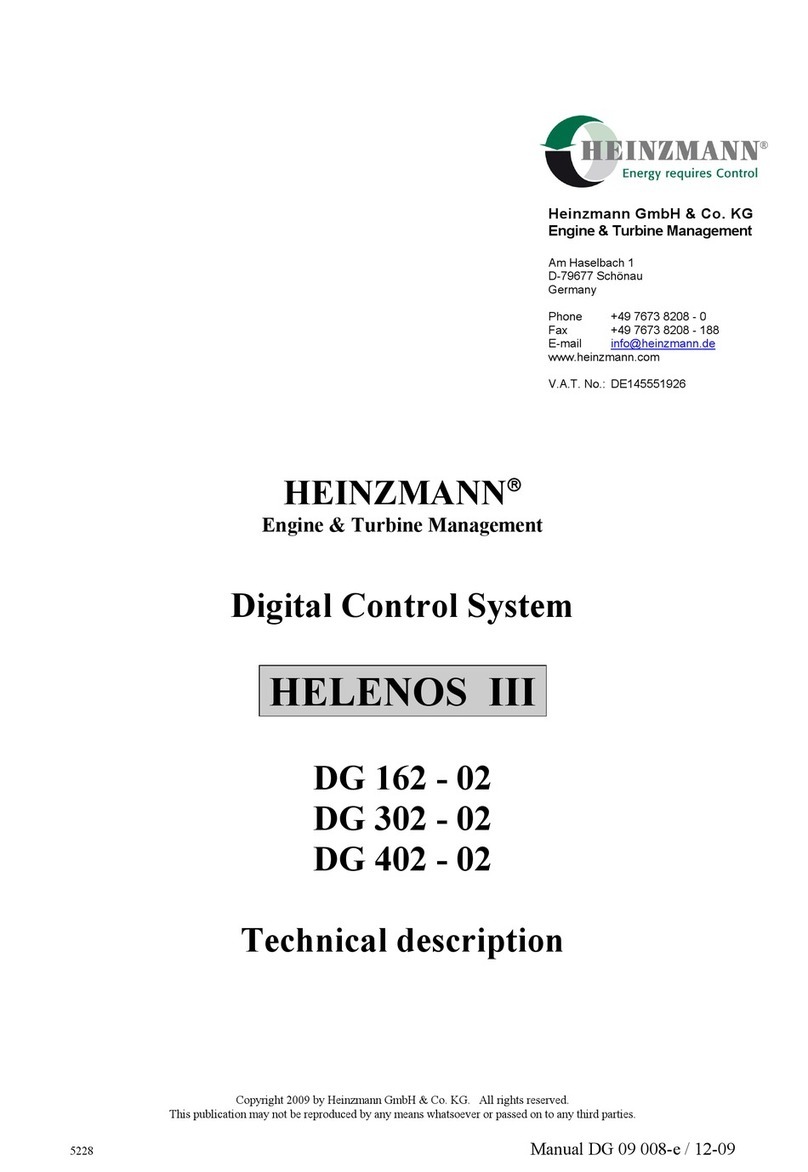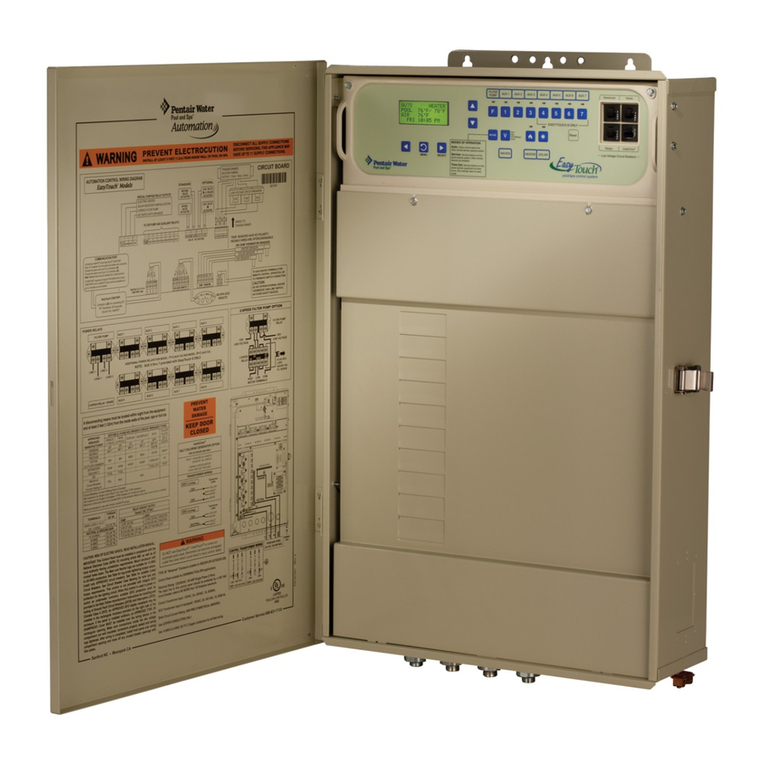Rockwell Automation CENTERLINE 2100 User manual




















Table of contents
Other Rockwell Automation Control System manuals
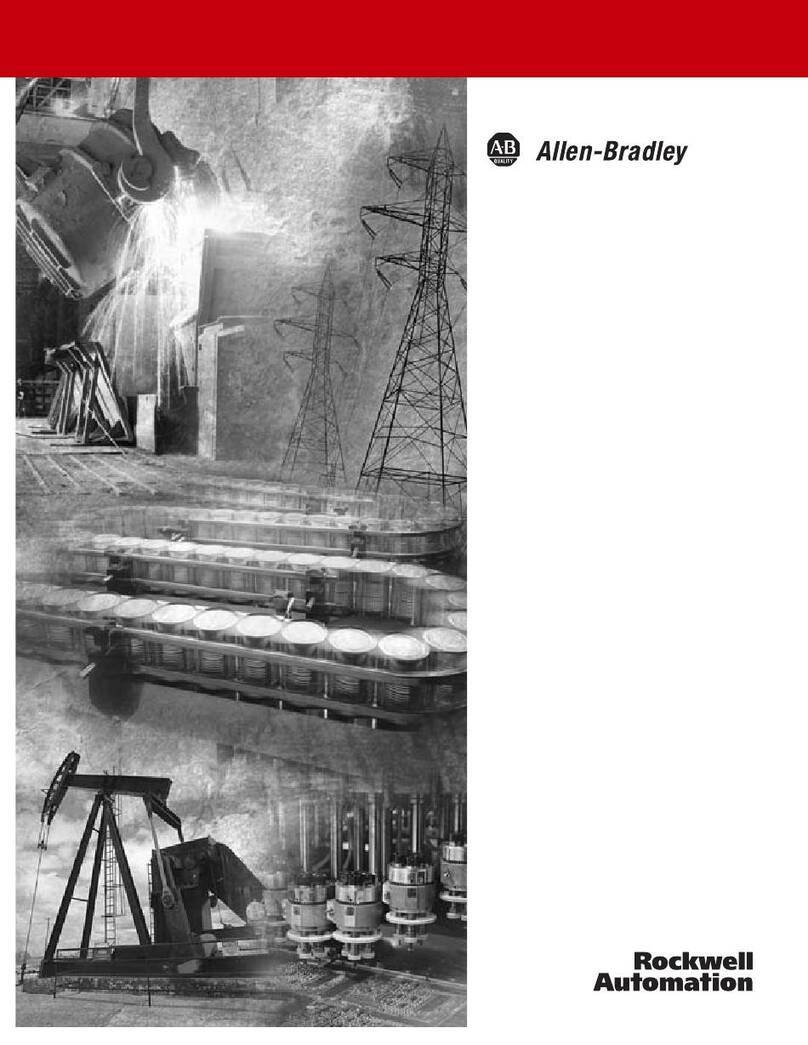
Rockwell Automation
Rockwell Automation Allen-Bradley Ultra5000 User manual
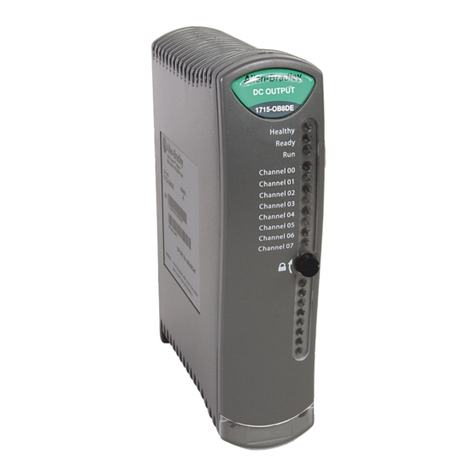
Rockwell Automation
Rockwell Automation Allen-Bradley ControlLogix SIL 2 User manual
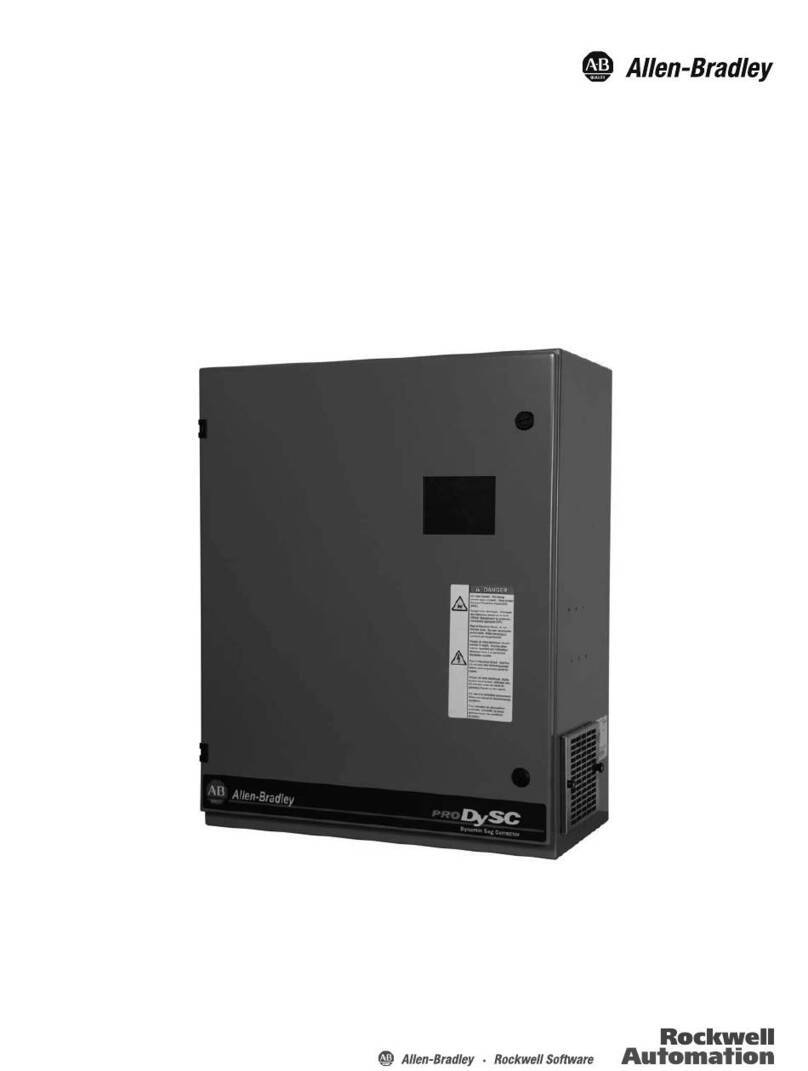
Rockwell Automation
Rockwell Automation AB Quality Allen-Bradley 1608P User manual
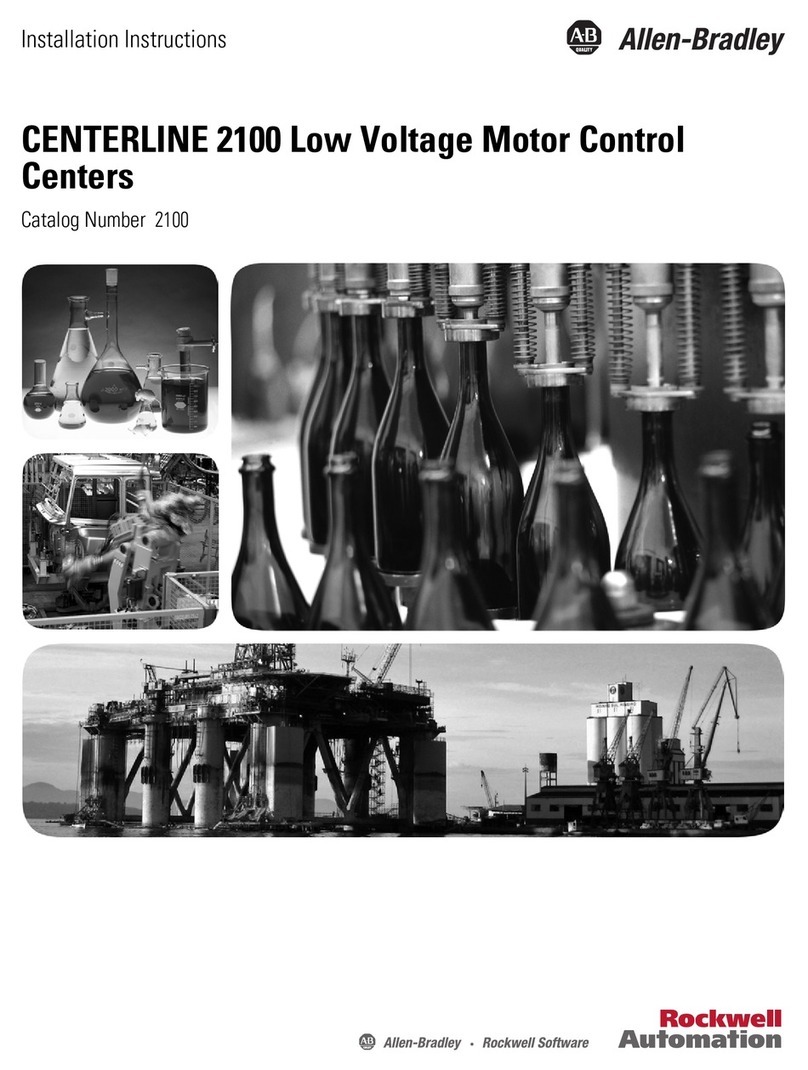
Rockwell Automation
Rockwell Automation Allen-Bradley CENTERLINE 2100 User manual
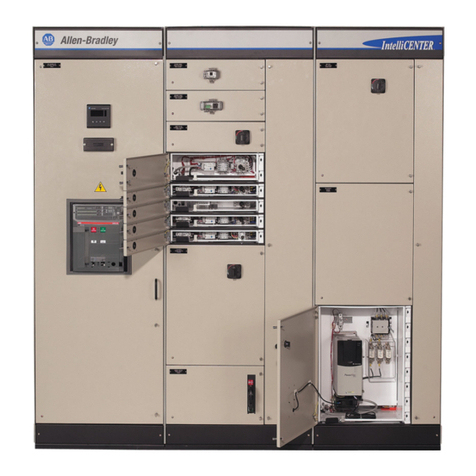
Rockwell Automation
Rockwell Automation Allen-Bradley CENTERLINE 2500 User manual
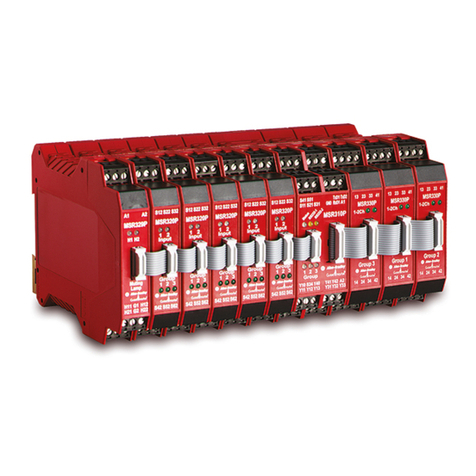
Rockwell Automation
Rockwell Automation MSR300 User manual

Rockwell Automation
Rockwell Automation Allen-Bradley CENTERLINE 2500 User manual

Rockwell Automation
Rockwell Automation Allen-Bradley iTRAK User manual
Popular Control System manuals by other brands
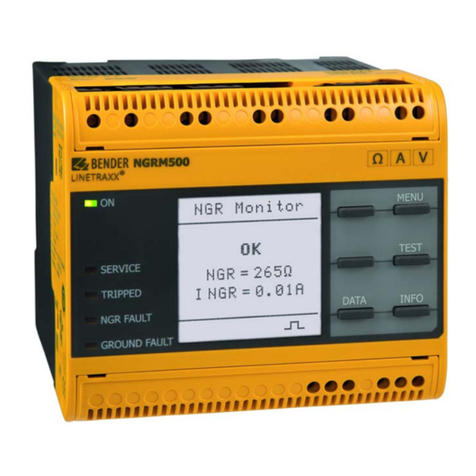
Bender
Bender NGRM500 manual
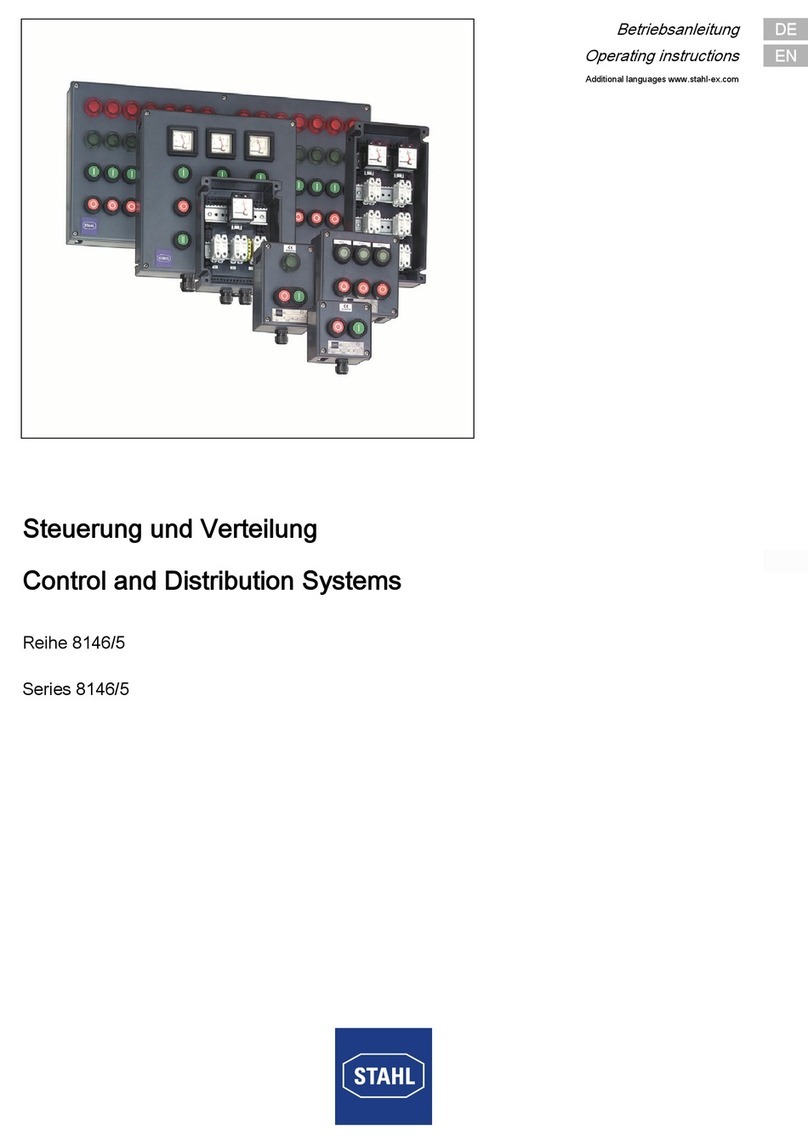
Stahl
Stahl 8146/5 Series operating instructions
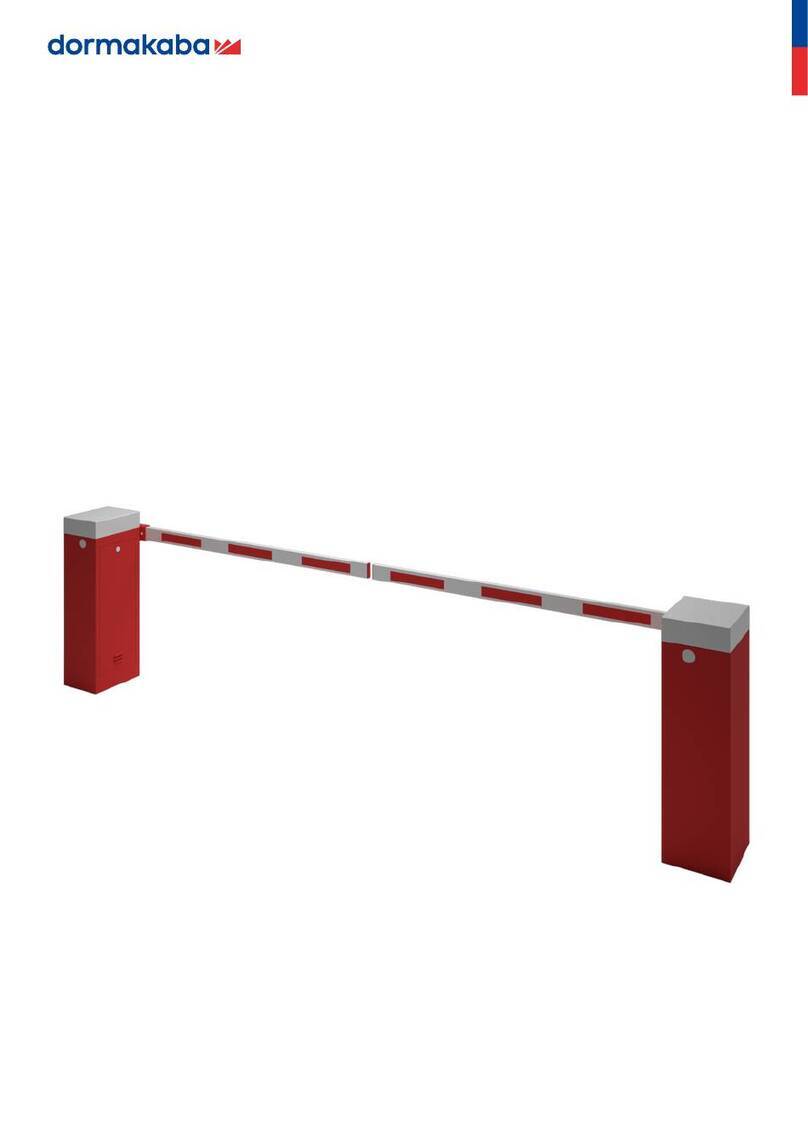
Dormakaba
Dormakaba Boom Barrier operating instructions
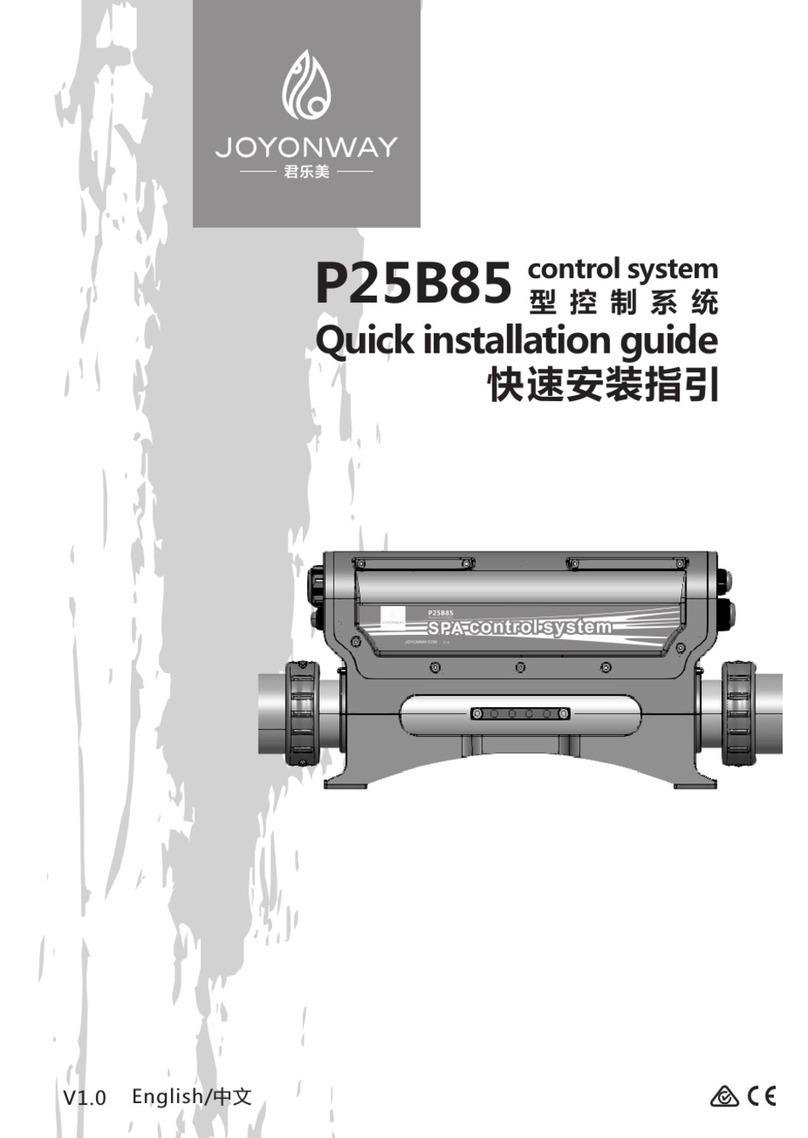
Joyonway
Joyonway P25B85 Quick installation guide
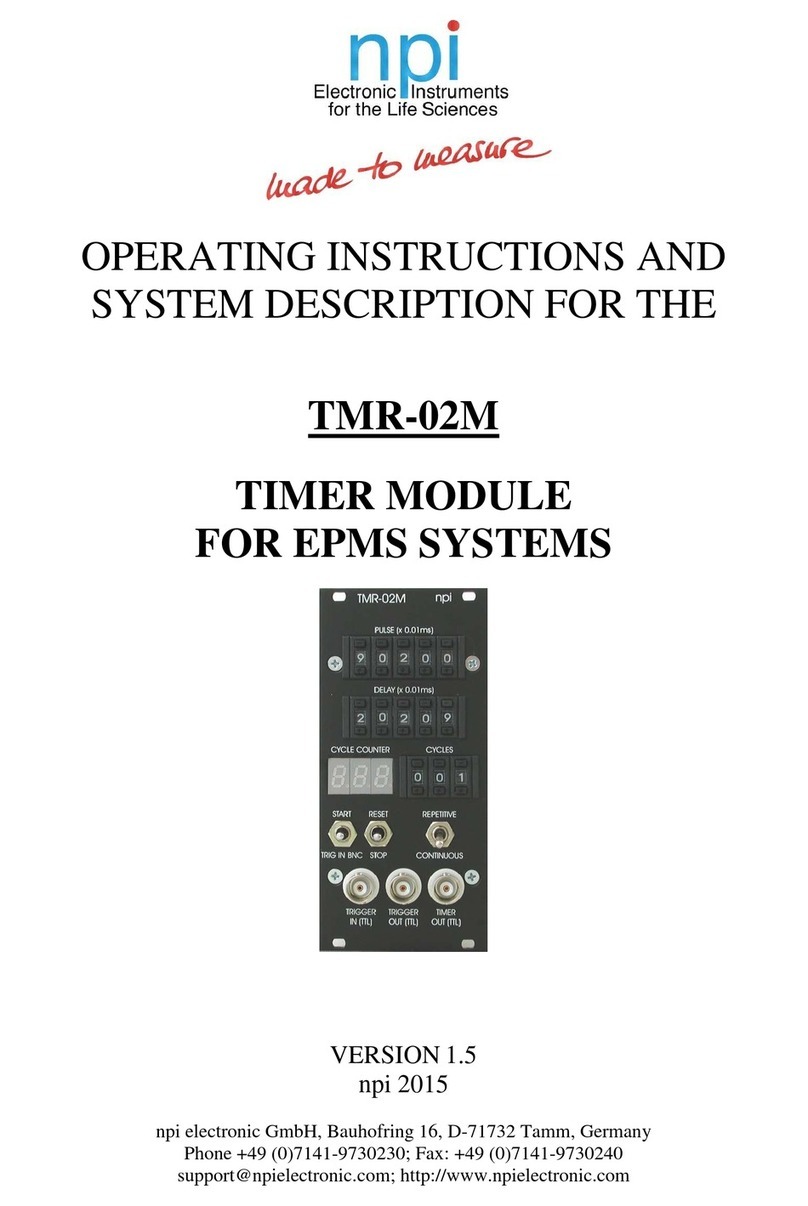
NPI
NPI TMR-02M Operating instructions and system description
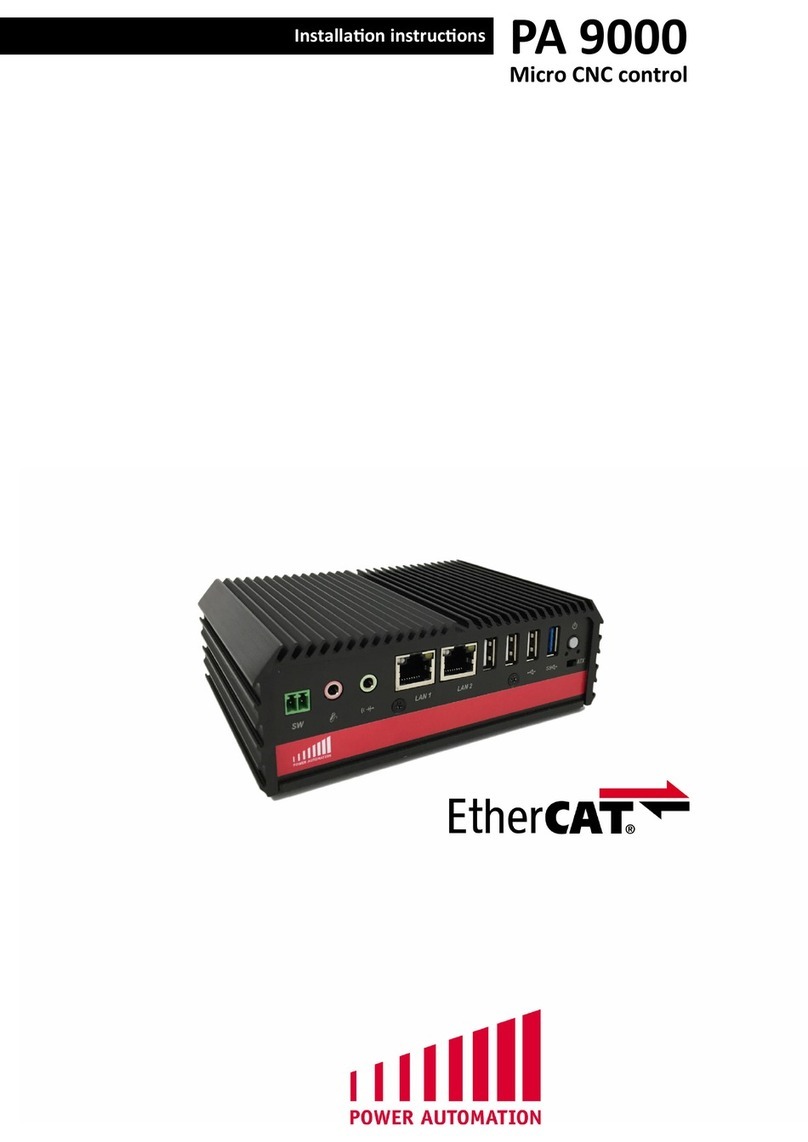
power automation
power automation PA 9000 MC installation instructions

BFT
BFT MOOVI ART 90 installation manual

Raven
Raven RCM-Sprayer Hawkeye 2 installation manual

Pentair Pool Products
Pentair Pool Products 460TC Operation and maintenance manual
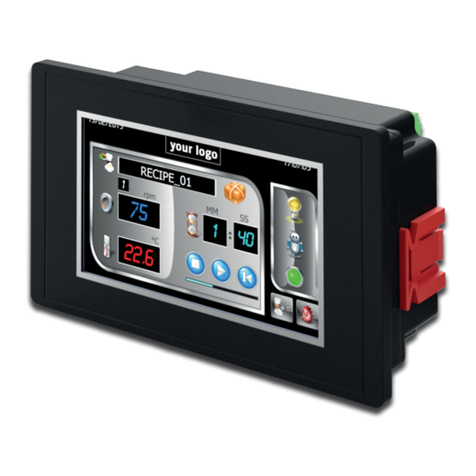
Ascon tecnologic
Ascon tecnologic vP4 installation manual
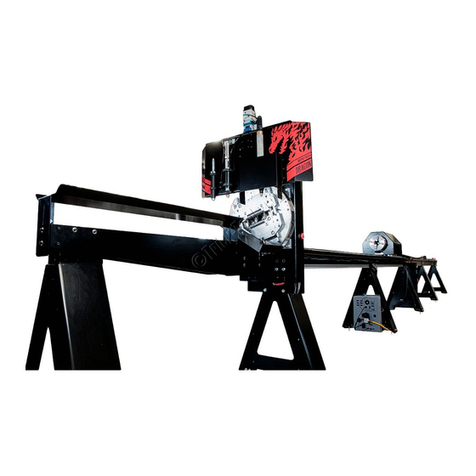
Bend-Tech
Bend-Tech Dragon A400 Maintenance & troubleshooting
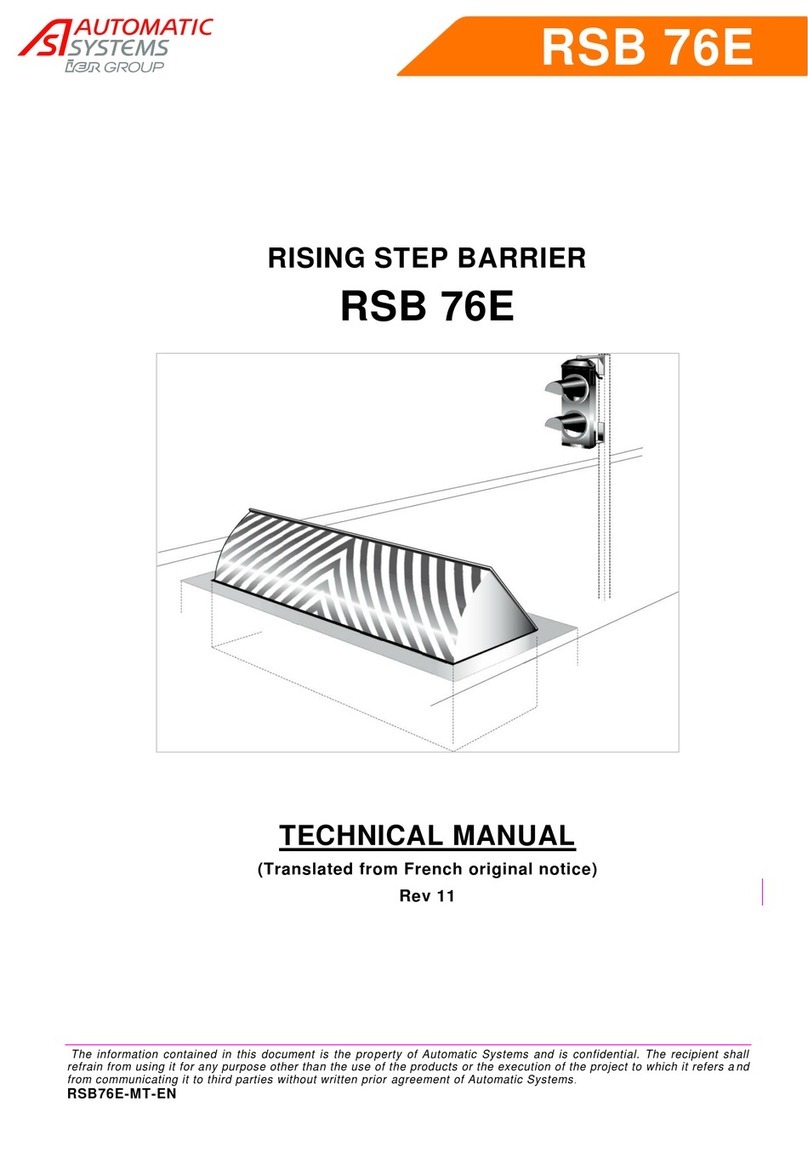
Automatic Systems
Automatic Systems RSB 76E Technical manual
